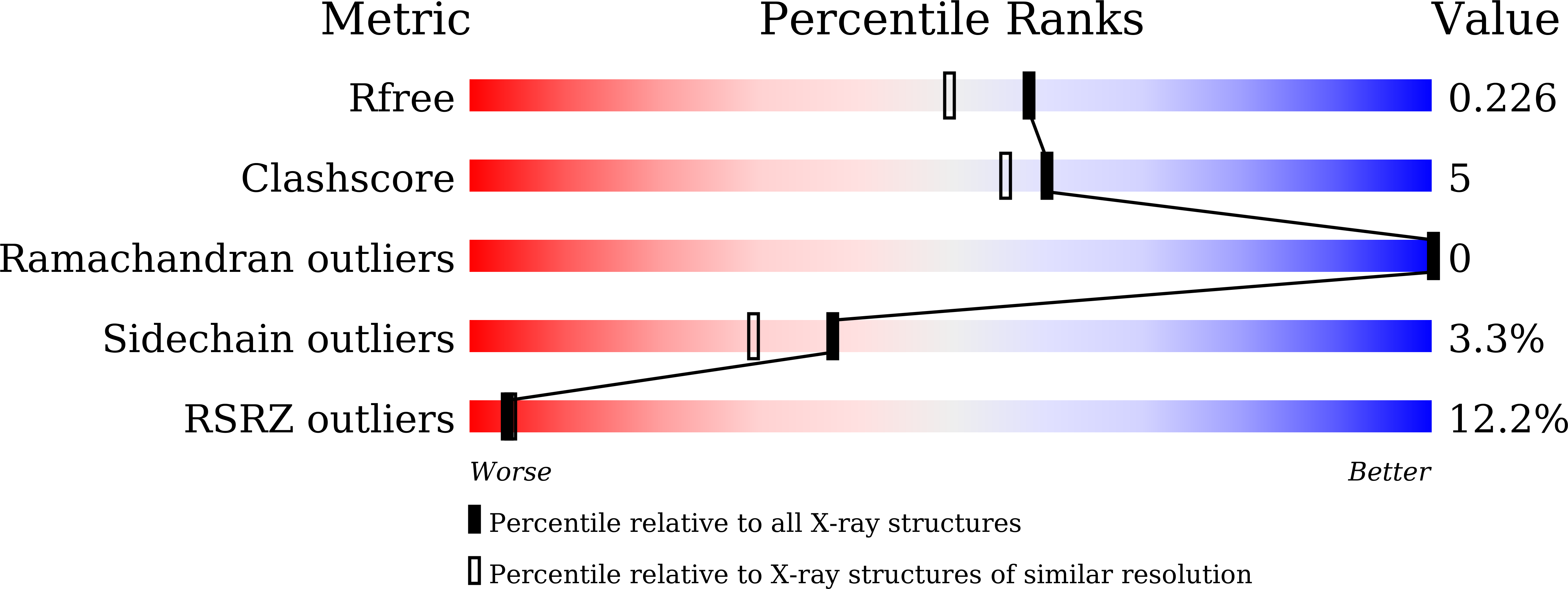
Deposition Date
2022-05-10
Release Date
2022-06-15
Last Version Date
2025-03-12
Entry Detail
PDB ID:
7XRC
Keywords:
Title:
Crystal Structure of the dimeric Brn2 (Pou3f2) POU domain bound to palindromic MORE DNA
Biological Source:
Source Organism:
Mus (Taxon ID: 10088)
synthetic construct (Taxon ID: 32630)
synthetic construct (Taxon ID: 32630)
Host Organism:
Method Details:
Experimental Method:
Resolution:
1.89 Å
R-Value Free:
0.22
R-Value Work:
0.20
R-Value Observed:
0.20
Space Group:
C 1 2 1


